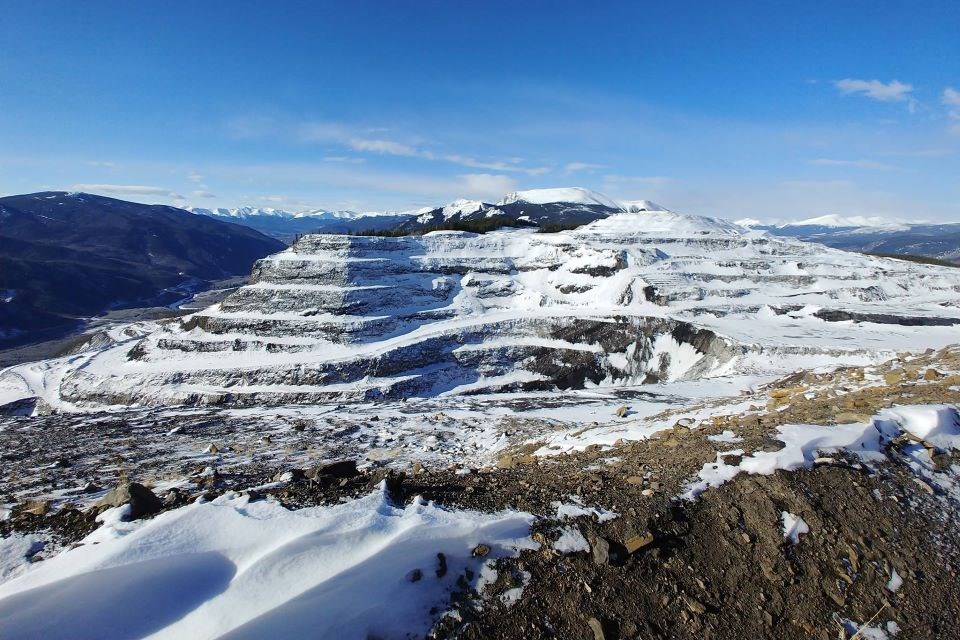Legislated protections for the natural world were among some of the key concerns of 2023 to the Alberta Wilderness Association (AWA).
“I feel like the first question we're always looking at is, ‘does the province have in place the appropriate legislation, regulations and protocols to protect the environment and the public's best interest?’” said AWA conservation specialist Kennedy Halvorson.
“For example, when you look to the forestry sector, the AWA has long been advocating for reform of the Forestry Act, as its current purpose is to maintain sustainable yields of lucrative tree species rather than actually protecting the forest ecosystems as a whole.”
The law isn't based on either Indigenous knowledge or Western science, she continued. It allows for management practices that destroy habitats, fragment connectivity, degrade watersheds and increase risks of insect pests, wildfires and floods.
Its inadequacy is evident in the logging that's being permitted currently in the Kananaskis - Upper Highwood River area. Last August, Fisheries and Oceans Canada began an investigation into Spray Lake Sawmills for building a bridge over critical bull trout and westslope cutthroat trout habitat in the wetland complex without a Species at Risk Act permit.
The longstanding conservation organization says the company should halt all its operations on this public land, especially while the investigation continues.
Halvorson asserted that if the Forestry Act was firmly based in ecosystem management principles, Spray Lake Sawmills never would have had clearance to clearcut in such an important wilderness area in the first place.
“I think one of our first questions we're always asking is, ‘do we even have that legislation in place?’ And then the next question I would say we're always looking at is, ‘are the ministries and the authorities (that are responsible for actually implementing the environmental legislation and review and regulating industry) doing so effectively?’”
An example would be woodland caribou, a species that is listed as threatened under the Species at Risk Act (SARA).
“It would be really well served by declaring an emergency order and having critical habitat or population units officially designated under the Species at Risk Act,” Halvorson said.
“But instead, the Government of Canada, they had entered into an agreement with Alberta, and it directed the province to come up with plans to achieve the recovery targets they set out. We're seeing that despite having that legislation, Alberta is really behind on creating those plans. They've finished two out of 11, and the others are so overdue.”
Halvorson asserted that annual reporting on the progress of finalized plans was absent, and there was also a lack of transparency and progress on Alberta’s commitments, which is concerning as caribou populations continue to decline.
“We also had multiple instances this year where development occurred even when critical habitat was designated, so it should have been protected. It should have been off limits under the Act, but it was permitted anyways.”
Elsewhere, there were a lot of industrial leaks and spills in 2023 that proved to be of great concern to the AWA. She mentioned several incidences where coal wastewater was released into the surrounding environment.
“That wastewater is well-known to have detrimental effects on fish and aquatic habitat,” she said, noting the case of CST Coal in Grande Cache, which released more than a million litres of wastewater into the Smoky River.
Approximately 107,000 litres of coal wash water were also released in March, and 1.1 million litres of coal fines (referring to water and coal fine particles) were released into the Smoky River.
CST Coal also experienced a mine wastewater incident involving surface runoff and sediment from a settling pond due to heavy precipitation and regional flooding in June.
Those pale in comparison to the multiple incidents at Imperial Oil’s Kearl Oilsand Mine, the biggest of which involved the release of more than 5 million litres of toxic tailings into the surrounding environment.
It was later revealed that both Imperial and the Alberta Energy Regulator knew that significant volumes of tailings had been leaking from the ponds for several months beforehand, but Halvorson said they hadn't informed the public, nor had they worked to resolving the issue.
According to Halvorson, all of this speaks to a gross legislative failing to protect the environment and the public's best interest.
“I think a lot of AWA’s focus is just trying to make sure we're holding those ministries and authorities to account,” she said.
That was a large part of why the AWA started the “Don’t Mine McClelland” campaign in spring 2023. It aims to protect the McClelland Lake Wetland Complex from the expansion of Suncor’s adjacent Fort Hills oil sands mine in 2025.




